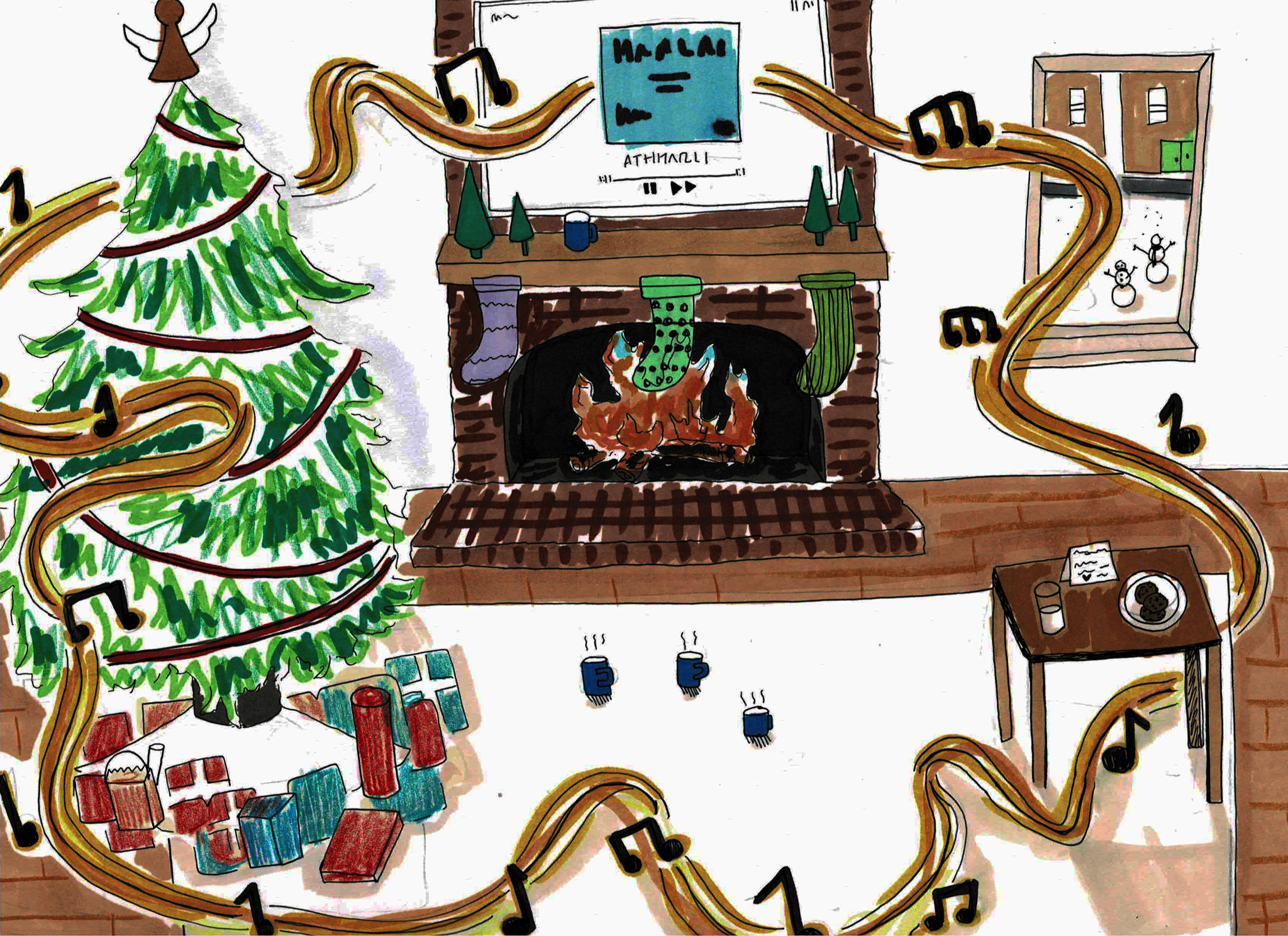When it comes to the holiday season, the popular traditions of exchanging gifts and decorating a Christmas tree are accompanied by a soundtrack of Christmas favorites. “Jingle Bell Rock,” “Last Christmas,” and “Feliz Navidad” are just a few of the songs heard in many people’s homes. Even the Billboard Hot 100 reflects this tradition; throughout the month of December, popular hits are replaced by nostalgic Christmas music. Today, Christmas is centered around giving and receiving gifts, and this commercialization has impacted both the traditions involved and the music industry as well.
Christmas music plays a key role in popularizing consumption around the holidays; it is used by retailers to advertise their products or promote their business. For example, the iconic song “Rudolph the Red-Nosed Reindeer” was written in 1939 to promote the Montgomery Ward Department Store. Other classics like “Happy Holidays” (1963) are about children receiving gifts from Santa Claus. In “Happy Holidays,” Andy Williams sings “And Santa Claus has got a toy for every good girl and good little boy.” These lyrics create expectations for young ones who believe that getting toys is what Christmas is all about. This song further helps to promote products and highlight the holiday’s materialistic motives.
As time passes, these old classics still seem to dominate the holiday music industry, with most iconic Christmas songs having been made at least a decade ago. Many people prefer the nostalgia and comfort of the older songs that remind them of their childhood. For others, it’s the subpar quality of the new Christmas music that keeps them listening to the classics. Today’s talented artists, who normally make great music, are releasing uninspiring songs that lack the classic holiday feel. Some may wonder why artists even bother to produce new Christmas music. The answer is simple: they make it for profit.
Making a holiday album full of covers is not only easy, but also allows the artist to make extra revenue without needing to create original music. Many of the classic holiday songs are from decades ago, which means copyrights have expired and the song is now owned by the public. This enables the artist to collect all of the revenue generated from their covers. For artists who take the risk and make original Christmas music, there is the possibility that it will become a new holiday classic. Although this is very difficult to do, it can lead to consistent profit year after year. Ariana Grande is one of few modern artists who has been able to produce an original Christmas song that gained popularity across the US. Her song “Santa Tell Me” topped the Billboard Hot 100 chart and has solidified itself in holiday music for years to come. Despite the disappointing songs that have plagued contemporary music, new songs have extended into different genres and created an opportunity to reach people who enjoy different types of music. For example, the song “Merry Christmas” by Elton John and Ed Sheeran reaches across generations and brings together fans of Sheeran’s pop and John’s rock.
All of these songs we consume, whether old or new, help to shape our beliefs surrounding the wintertime holidays. While the commercialization of Christmas music has influenced the holiday itself, we should remember that this music should reflect the true purpose behind Christmas, which is to connect with friends and family and not simply give gifts.





